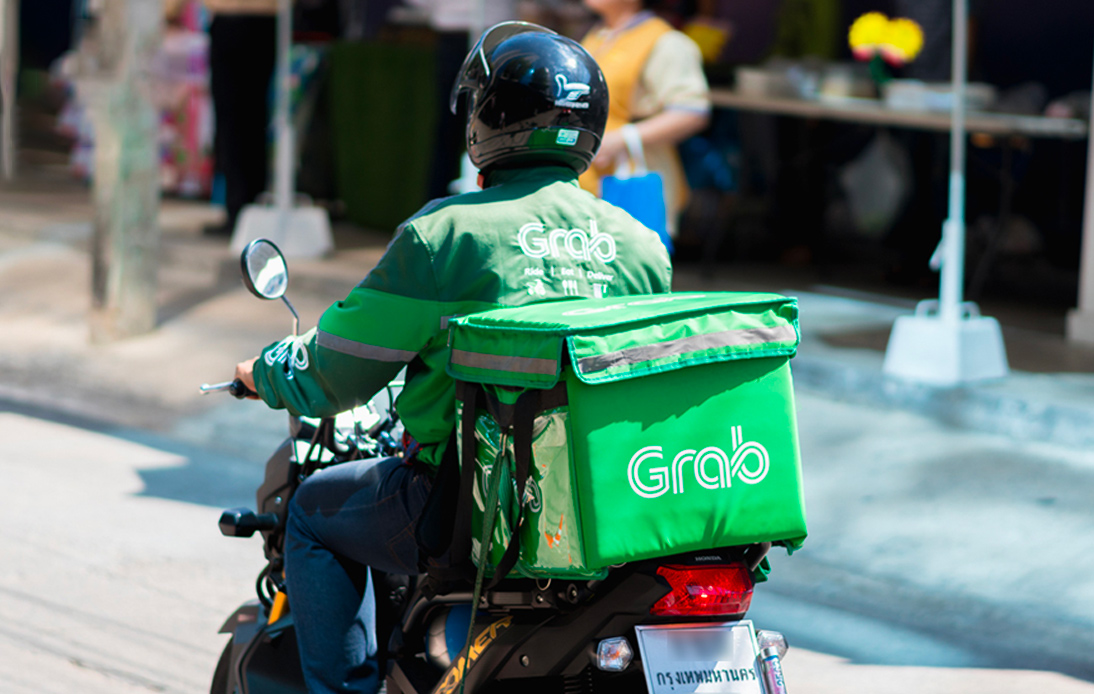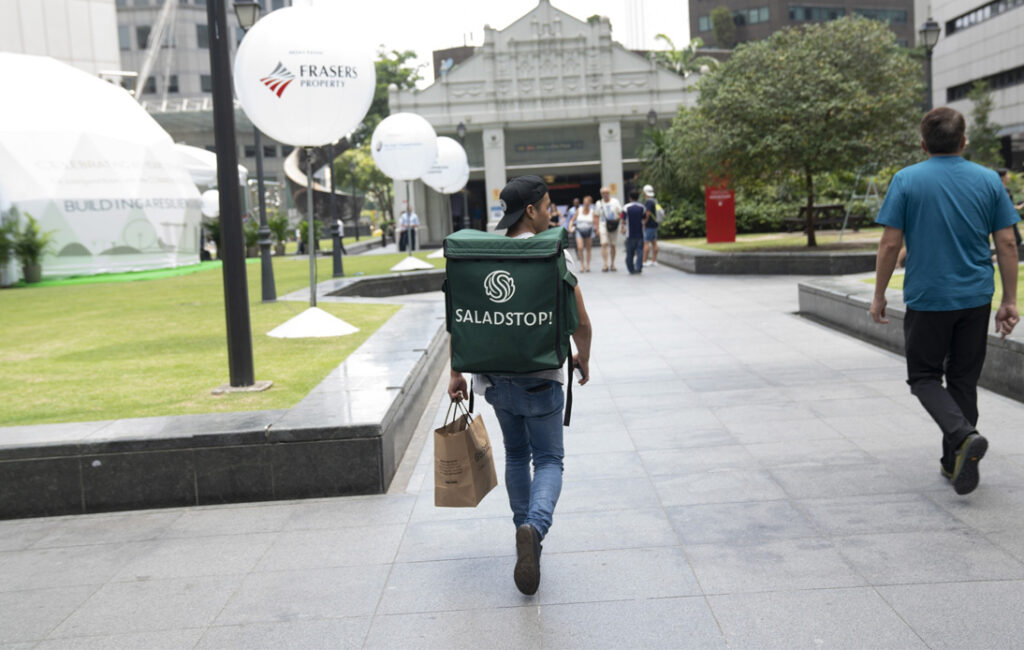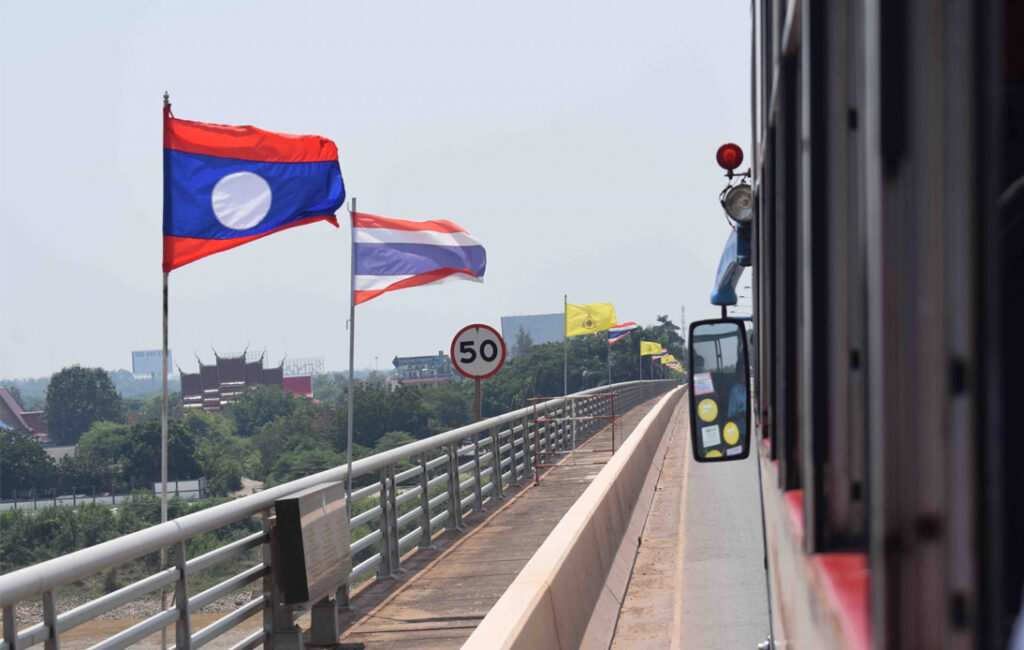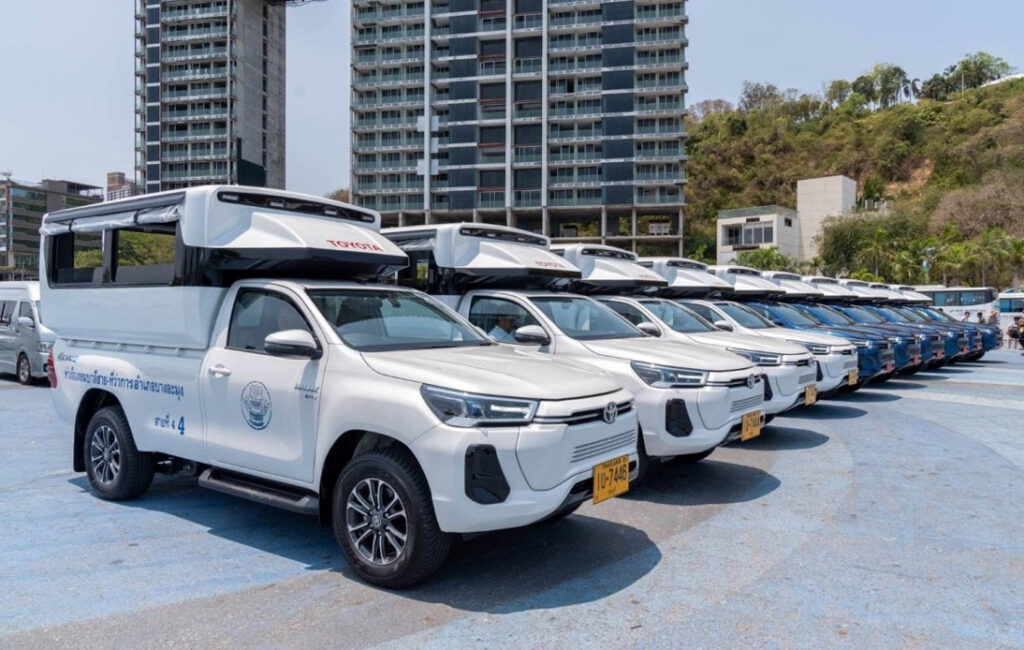
Grab Holdings, a leading ride-hailing and food delivery application headquartered in Singapore is slated to eliminate 1,000 jobs, equating to 11% of its overall workforce, as per the company’s CEO announcement on Tuesday.
The move is driven by a need for effective cost management and a commitment to offering more cost-effective services in the long term.
In a correspondence dispatched to staff on Tuesday evening and obtained by Reuters, CEO Anthony Tan stated that the layoffs, the most substantial for the super-app provider since the pandemic, are not a “shortcut to profitability.”
Rather, these are part of a strategic restructuring aimed at adapting to the rapidly evolving business landscape.
“Change has never been this fast. Technology such as generative AI (artificial intelligence) is evolving at breakneck speed. The cost of capital has gone up, directly impacting the competitive landscape,” Tan wrote in the letter.
“We must combine our scale with nimble execution and cost leadership, so that we can sustainably offer even more affordable services and deepen our penetration of the masses.”
Even without layoffs, Tan noted that Grab has been effectively controlling costs and should achieve its break-even target for group adjusted Ebitda (earnings before interest, depreciation and amortisation) within this year.
These layoffs mirror the cost-cutting measures undertaken by Indonesian tech firm GoTo last year, which also provides ride-hailing, e-commerce and financial services.
In 2022, it had implemented a strict cost reduction strategy, including cutting 12% of its staff. An additional 600 employees were laid off in March.
GoTo’s soon-to-be CEO plans to only temporarily lead the company, with an aim to resign once profitability improves, as sources reported to Reuters last week.
Established in 2012, Grab offers delivery, ride and financial services across eight Southeast Asian nations including Indonesia, Malaysia, the Philippines, Singapore, Thailand, and Vietnam.
Despite dominating the ride-hailing and delivery sectors in Southeast Asia, Grab has yet to become profitable due to expenditure on expansion and pricing pressure from competitors like Indonesia’s GoTo Group.
Since its initial public offering in New York in late 2021, Grab’s shares have plummeted around 70%, despite reducing its losses and committing to report a profit on an adjusted basis by this year’s last quarter.
Rivals Cutting Costs Faster
The job cuts signal that Grab is yielding to investor demand for swifter cost reduction. It has been slow in reducing costs compared to regional rivals.
As GoTo and Singapore’s Sea Ltd, Shopee’s parent company, slashed jobs last year, Grab abstained from large-scale layoffs. It hired over 3,000 staff in 2022, largely due to its acquisition of supermarket chain Jaya Grocer.
Grab may also face a slowdown in growth as customers are confronted with increased inflation and higher interest rates.
Although it reported a smaller quarterly loss last month, its gross merchandise value only grew 3% in the quarter ending in March. This marks a decrease from the 24% growth in 2022.
User growth has also slowed as competitors attract customers with deals and lower prices.
Grab’s adjusted losses before interest, taxes, depreciation, and amortisation in Q1 have decreased to US$66 million, with analysts predicting the losses will continue to decline.
In terms of net income, the company is still a distance away from profitability. In Q1, its net loss decreased to $244 million, down from $423 million the previous year.
Grab Thailand stated in May that it aims to break even before Q4 through its “One Grab” strategy, setting the company on a path to profitability.
“We expect to break even on our earnings before interest, taxes, depreciation and amortisation before the group target of the Q4 due to cautious spending and the transport business rebound,” said Worachat Luxkanalode, country head of Grab Thailand.
On a local level, the ride-hailing service of the company has bounced back post-pandemic, especially amongst tourists. Grab targets to have tourists comprise 35% of its total transport service soon, reverting to pre-pandemic levels, as per Mr. Worachat.
He mentioned that in the initial four months of this year, the number of travelers using Grab surged by 25%.





















